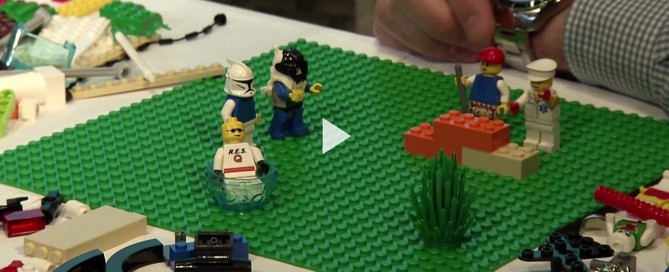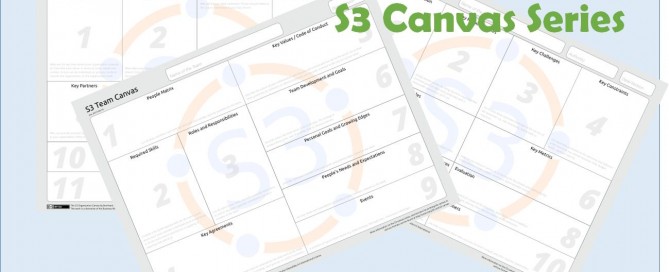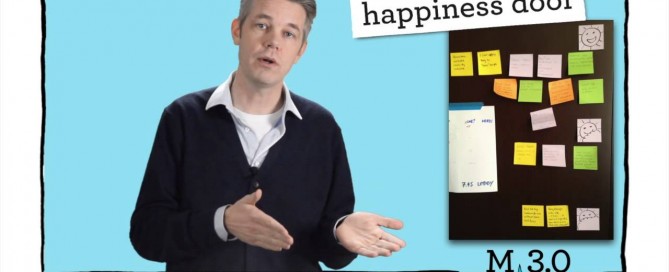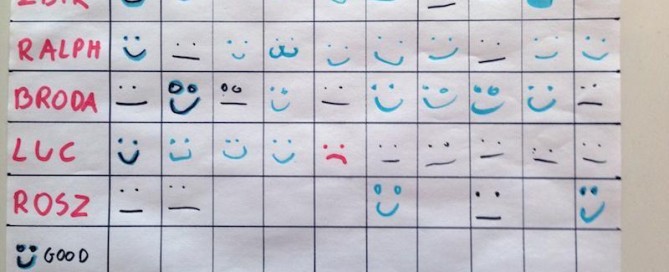Systemic Consensing — What the Hell is this?
Reading Time: 4 minutes Consensus is time-consuming agreement, accord. Consensing instead is defined as having no significant objection. It does not require agreement, affirmation or even preference. Consent is reached by choosing the proposal with the least objections. The lowest level of objection — resistance — results to the highest acceptance.










